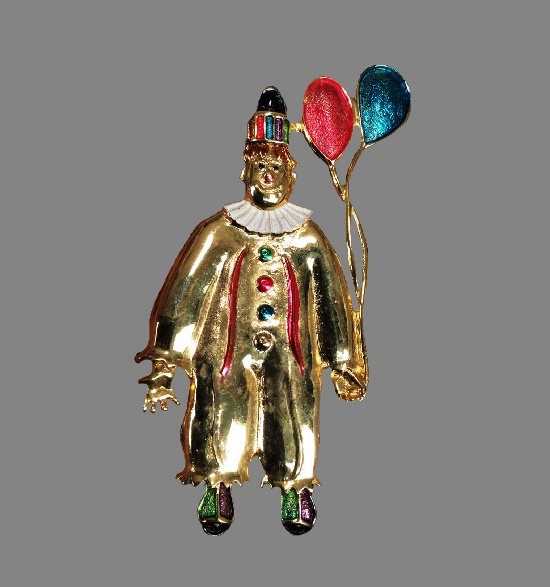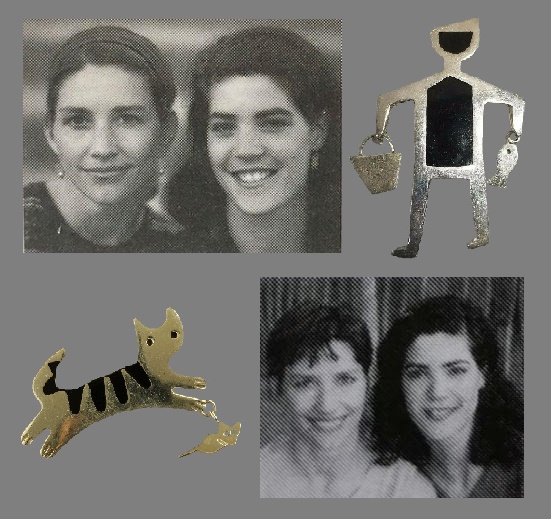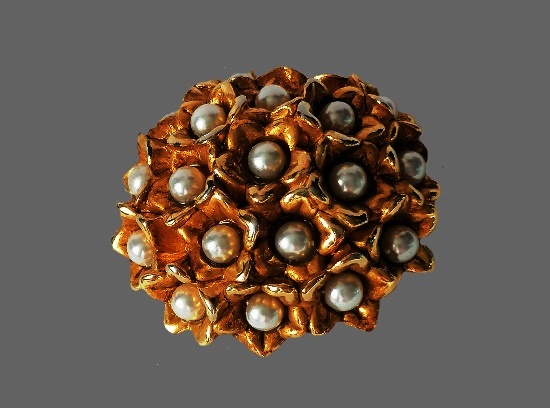Signed JWBR fine jewelry
Signed JWBR fine jewelry
Sparkle of diamonds and all kinds of precious stones fascinate and attract the eye. Looking at them, everything fades. They are so beautiful that they fascinate and beckon to themselves.
The history of JWBR jewelry trademark began twenty-three years ago. Registered in March 1998, and renewed in 2019, the trademark is still active. Noteworthy, JWBR was the first among 61 jewelry trademarks owned by Renaissance Jewelry New York, Inc. The company is a part of Renaissance Global group, which employs about 3000 people in various countries.
Traditionally, the company jewelers work with precious metals and gems – gold, silver, diamonds, garnets and other natural stones. Their fine jewelry pieces are sold in departmental stores like JC Penney, Kohls, Macys, Walmart, as well as at prestigious auctions.
Read more »






